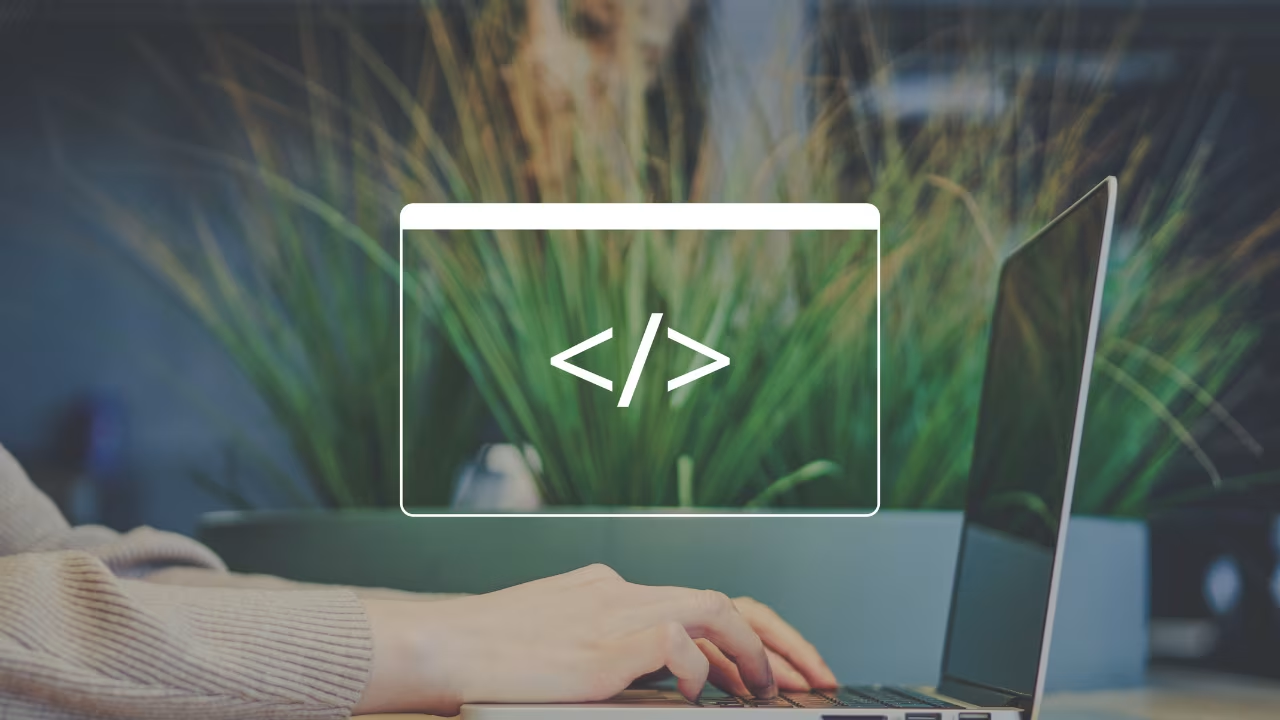Table of Contents
If you’ve been building websites with Webflow, you already know how much power it puts at your fingertips. Its drag-and-dropvisual editor is one of the smoothest tools for creating beautiful, responsive websites without diving deep into code.
But let’s be honest, sometimes the built in features just don’t cover everything you need. Maybe you want to create a custom animation, add a unique form validation, or integrate with a tool that Webflow doesn’t support out of the box. That’s where Webflow custom code steps in to give you that extra control.
In this guide, we’ll walk you through exactly how to implement custom code inside Webflow safely, so your site stays functional, secure, and easy to manage. Whether you’re making a small tweak or adding a more advanced integration, you’ll learn the safest ways to work with Webflow Java Script and other custom snippets.
Why Add Custom Code to Webflow?
Webflow’s native designer is flexible, but it has limits. Custom code helps you push past those limits and unlock advanced capabilities. For example, you can.
- Enhance interactivity – Add sliders, animations, and custom pop-ups.
- Integrate third-party tools – Embed chat widgets, payment gateways, or advanced analytics trackers.
- Improve user experience – Control page behaviors or add real-time form validation.
- Automate workflows – Eliminate repetitive tasks with smart scripts.
And here’s another tip—if you hire a professional Webflow development company in the USA, you can be confident your scripts will be written cleanly, optimized for performance, and implemented securely, so they scale with your business.
Three Safe Ways to Add Custom Code in Webflow
When working with Webflow JavaScript orany snippet, your goal should be to keep the site functional, maintainable, andfree from errors. There are three main ways to insert scripts in Webflow, let’s break them down.
1. Site-Wide Custom Code (Project Settings)
If you want a script to run on every page—like tracking codes, analytics, or a live chat—you can add it via Project Settings → Custom Code.
How to do it:
- Open your project in Webflow.
- Go to Project Settings.
- Click on the Custom Code tab.
- Paste your JavaScript in either the <head> or Before </body> fields.
- Save and publish.
Best for:
- Google Analytics & Meta Pixel
- Chatbots
- Global CSS or JS libraries
Example:
If your audience is primarily in the United States, you can add U.S.-specific analytics (such as region-focused heatmaps) or local advertising pixels.
2. Page-Specific Custom Code (Page Settings)
Sometimes you don’t need a scripteverywhere—just on one page, such as a landing page for a specialpromotion.
How to do it:
- In Webflow Designer, select your target page.
- Open Page Settings.
- Scroll to the Custom Code section.
- Paste your script and save
Best for:
- Unique animations on a specific page
- One off form validations
- Page specific analytics
Example:
If you’re running a U.S.-only Black Friday sale, you could add a custom countdown timer on just that campaign page to create urgency without slowing down the rest of your site.
3. HTML Embed Element (Component-Level Code)
When you need custom code inside a particularsection or component, use Webflow’s HTML Embed element.
How to do it:
- From the Add panel, drag an Embed element where you want the code.
- Paste your HTML, CSS, or JavaScript.
- Save and publish.
Best for:
- Embedded videos
- Interactive widgets
- Custom buttons or mini scripts tied to a section
You might embed a widget that shows local U.S. reviews or a live sports score tracker for American visitors.
Best Practices for Safe Webflow Coding
Adding Webflow custom JavaScript ispowerful, but it also means taking responsibility for your site’s stability andsecurity. Follow these guidelines to keep everything running smoothly:
1. Test Before Publishing
Always preview or publish to a stagingenvironment before going live. This lets you catch errors without affectingyour live audience.
2. Keep a Backup
Duplicate your project before adding newscripts. That way, if something breaks, you can restore it quickly.
3. Avoid Code Conflicts
If you’re using multiple libraries (e.g.,jQuery and another animation framework), make sure they don’t overwrite eachother’s functions.
4. Load Scripts Asynchronously
For heavier scripts, add async or defer sothey don’t slow down page rendering.
<script src="custom-script.js"defer></script>
5. Comment Your Code
Leave clear notes inside your code so you’llunderstand it months later:
6. Prioritize Security
- Only use code from trusted sources.
- Use HTTPS for script URLs.
- For sensitive operations, consider server-side handling instead of exposing data in client-side code.
Troubleshooting Common Problems
Even when you follow best practices, issues can happen. Here’s how to fix them:
- Code not working? Check if the library loads before your script. Verify placement (<head> vs </body>).
- Conflicting scripts? Disable one script at a time to find the problem. Use namespaces for functions.
- Slow load times? Minify scripts and only load them where needed.
- Mobile layout issues? Test your code across device and use responsive CSS
Security Tips When Adding Custom Code
When adding JavaScript, always think about user safety:
- Validate form inputs.
- Never store sensitive
- API keys in client-side code.
- Keep third party libraries updated.
Final Thoughts
Adding custom code in Webflow can takeyour site from good to exceptional—if you do it carefully. Whether you’readding Webflow JavaScript for unique animations, integrating athird-party tool, or tweaking the user experience, the key is to plan yourimplementation, test thoroughly, and prioritize security.
By using site-wide, page-specific, andcomponent-level methods wisely, you’ll keep your Webflow project clean,safe, and high-performing.
And if you’d rather have experts handle it, a trusted Webflow web development agency in the U.S. can manage the entireprocess for you, writing secure, efficient code and ensuring your site isoptimized for speed, accessibility, and local SEO.
.svg)
